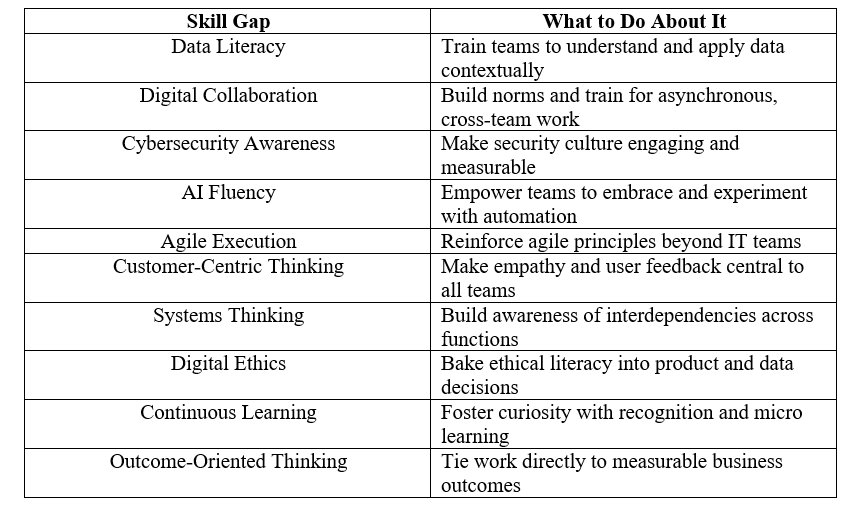Tags:
Top Related Post

By: Peopleblox
October 9, 2025
Do You Know Where Your Next Talent Gap Will Hit?

By: Peopleblox
October 6, 2025


